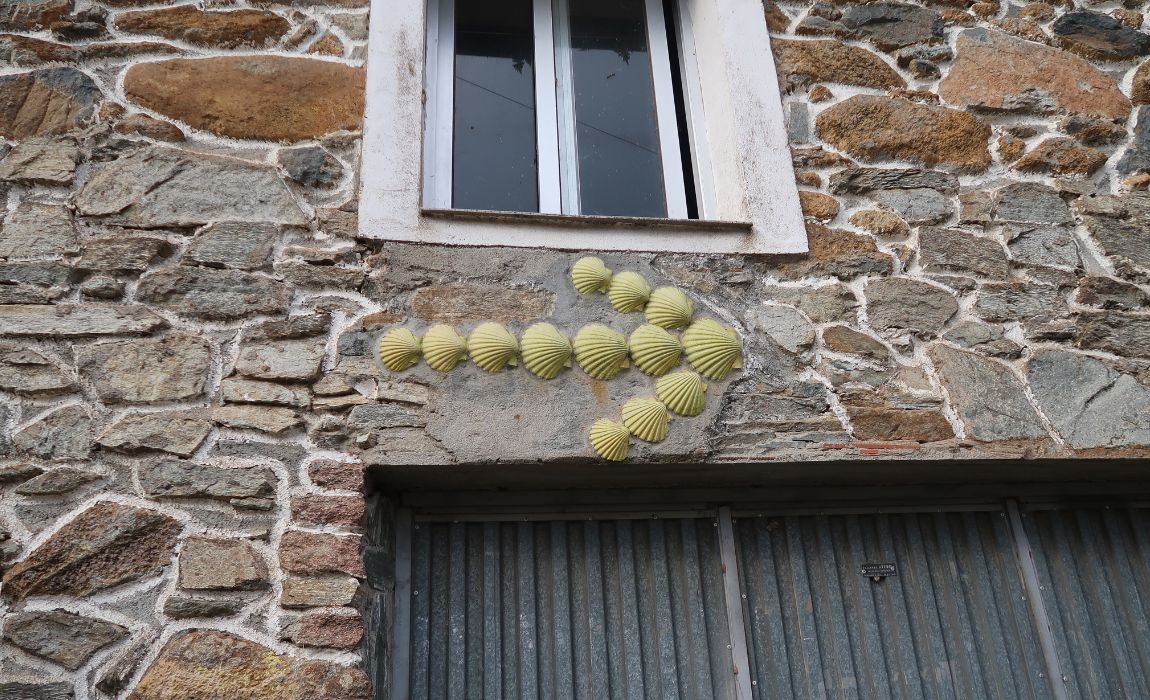
Choosing the Camino de Santiago in the fall
A Camino for everyone
Imagine a path surrounded by golden-red leaves falling gently to the ground. The sun tickles and warms your face as you walk along picturesque forest and field paths. There is a perfect balance between not too hot and not yet too cold – ideal for a light jacket and T-shirt. This is exactly how I had imagined hiking the Way of St. James when I decided to explore it for two weeks in the fall with my mother and sister. But the reality was different: we were accompanied by rain almost every day, often in the form of heavy downpours. Although it wasn’t really warm, it was still an unforgettable experience. Anyone expecting an extreme adventure may be disappointed. The Way of St. James is defined less by physical and psychological borderline experiences and more by coming together, experiencing and creating lasting memories.
Various caminos and their special features in fall
Camino Francés
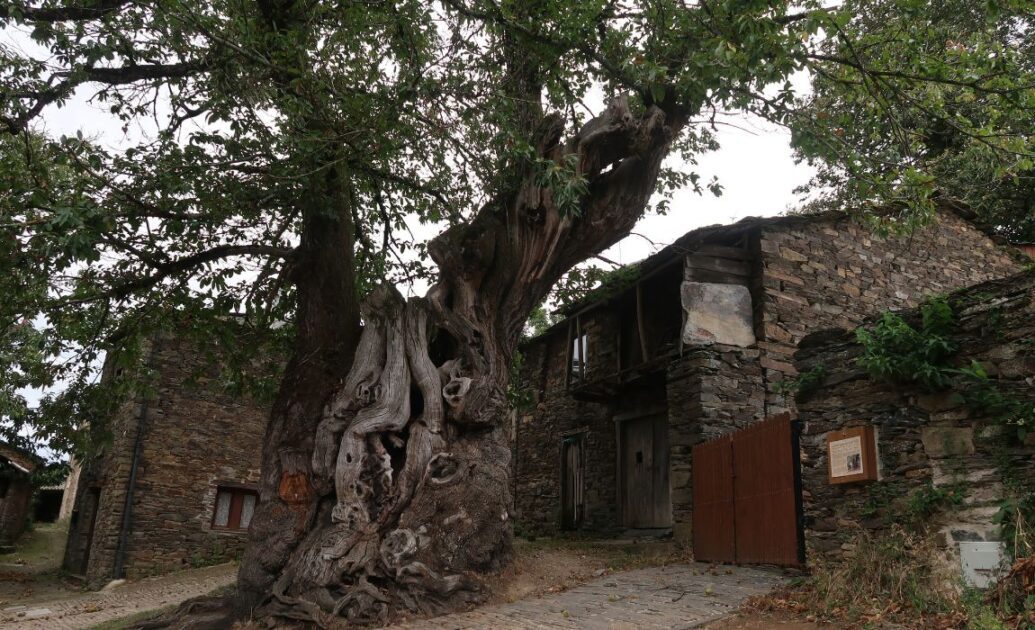
The Camino Francés is probably the most famous of all the Way of St. James. It starts in France and ends in Santiago de Compostela. This route is known for its commercial orientation, which means that this is where you will find the most accommodation and catering facilities. Most of these facilities are open until October 31 each year. The Camino Francés is still busy even in the fall, but offers the reassurance of rarely being alone on the trail. However, the weather can be unpredictable.
The Camino del Norte: a journey along the coast
The Camino del Norte, often described as a jewel among the Way of St. James, is a truly unique experience for experienced pilgrims. This coastal path, known for its many meters of elevation gain, is a challenging route that is rewarded with breathtaking landscapes. The route leads along the rugged northern Spanish coast, past craggy cliffs, through green forests and picturesque coastal villages.
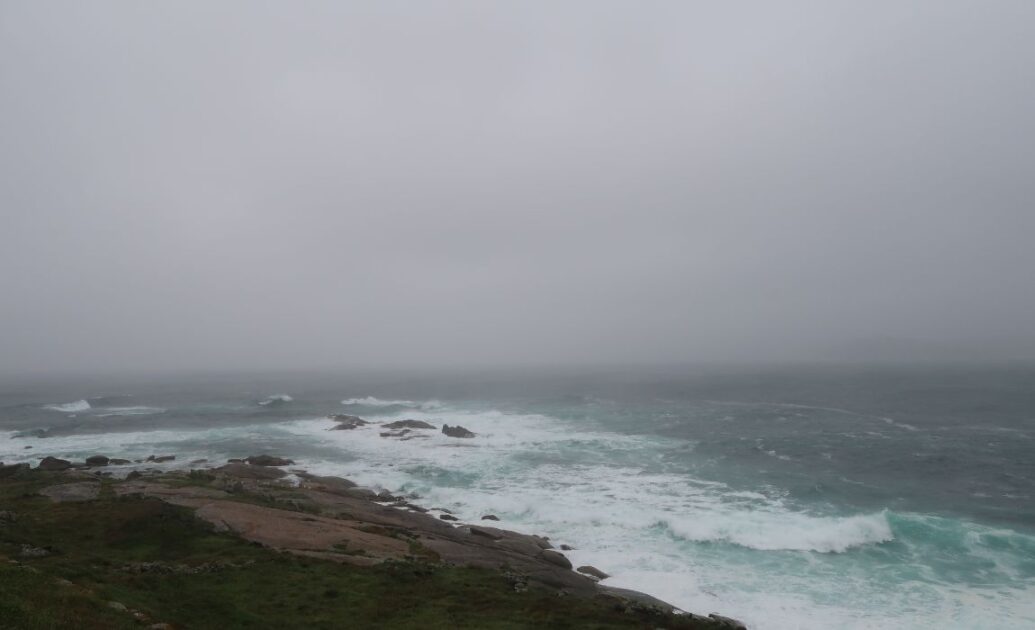
In the fall, the Atlantic shows its wild side, which makes the weather conditions particularly challenging. Strong winds, rainfall and the rough sea characterize this time of year. Nevertheless, the trail remains popular for its natural beauty and the spiritual tranquillity it offers. Pilgrims can look forward to a rich cultural experience as the trail passes through historic cities such as San Sebastián, Bilbao and Santander, where they can experience the local gastronomy and culture.
Accommodation along the Camino del Norte varies from traditional hostels to private guesthouses, most of which remain open in the fall. This offers pilgrims a wide range of accommodation options, from simple to comfortable.
Camino Portugues: The picturesque and friendly route
The Camino Portugues is the perfect choice for pilgrims who prefer a less demanding route without wanting to forgo the beauty and cultural experience of the Camino de Santiago. With a length of around 240 kilometers, it is shorter than the Camino Francés and runs mostly through rolling hills and along picturesque riverbanks.
The climate on the Camino Portugues is milder compared to other trails, making it a pleasant option in the fall. The route passes through historic cities such as Porto and Pontevedra, where you can experience the rich Portuguese and Galician culture. The culinary delights, especially the region’s seafood and wines, are another highlight of this route.
Hostels and guesthouses along the Camino Portugues are known for their hospitality and offer a cozy atmosphere. Many pilgrims appreciate the friendly and supportive community that forms along the way.
Camino Primitivo: The path of silence and challenge
For those seeking silence and a challenge, the Camino Primitivo is the ideal choice. It is known for its low number of pilgrims in the fall, which allows for a more personal and deeper spiritual experience. The path leads through the mountainous interior of northern Spain, including the impressive Cantabrian Mountains.
The route is characterized by steep climbs and descents that can be both physically and mentally challenging. It passes through remote areas with breathtaking natural landscapes, including dense forests and small mountain villages where time seems to have stood still. However, heavy rainfall can occur here in the fall.
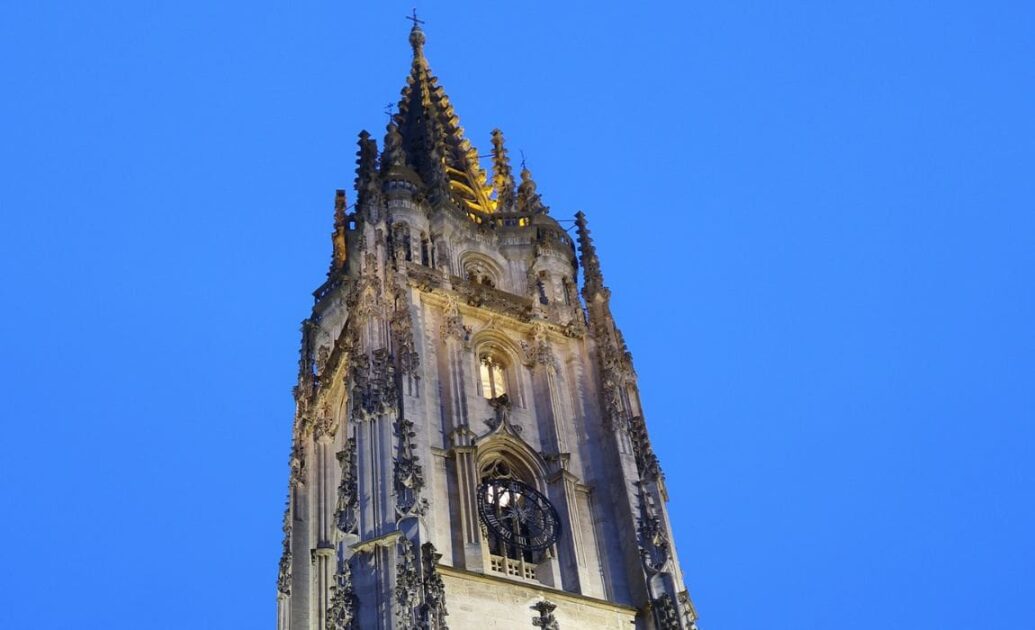
Accommodation on the Camino Primitivo is often small, family-run hostels that offer an intimate and warm atmosphere. This route is ideal for those looking for a less commercial and more authentic pilgrimage experience.
Why hike the Camino de Santiago in fall?
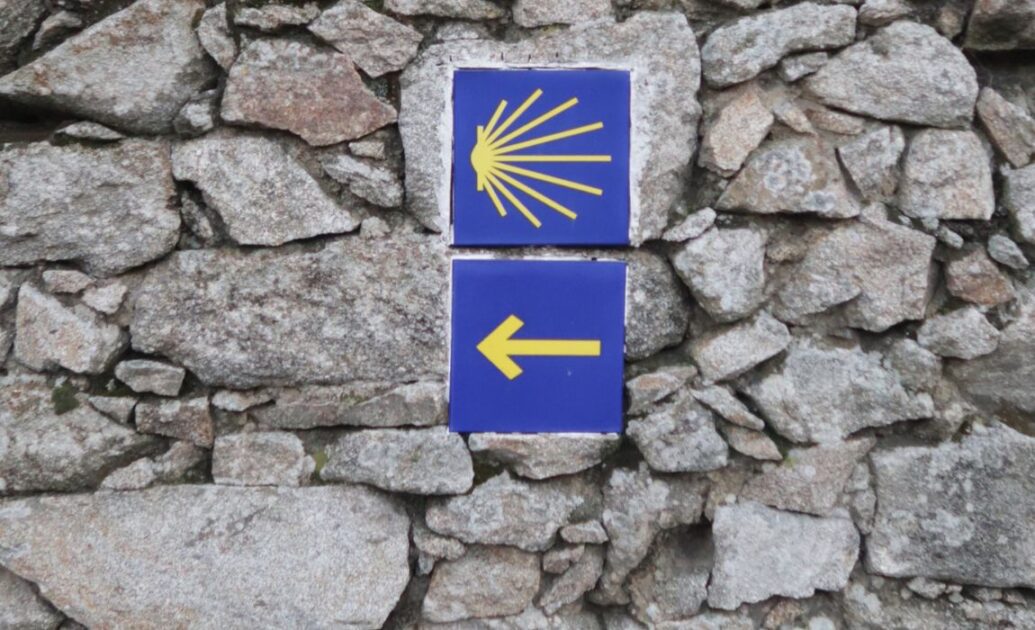
Aside from the picturesque beauty of fall, this time of year offers benefits that surpass summer. Spain’s summer heat can be too intense for hiking, with added risks such as forest fires. Autumn, on the other hand, is quieter as it is the low season. Fewer pilgrims means more room for personal experiences and fewer worries about accommodation. Although the weather can be fickle, fall offers a unique blend of cooler temperatures and the beauty of seasonal change.
Summary
Choosing the right Camino in the fall depends on personal preferences, readiness for changeable weather and the desire for community or solitude. Each path has its own magic and challenges. While the Camino Francés and the Camino Portugues stand out for their infrastructure and popularity, the Camino del Norte and the Camino Primitivo offer rugged natural beauty and less frequented paths. Regardless of the choice, walking a Camino in the fall is an experience rich in memories and personal insights – a journey that touches both the body and the soul.
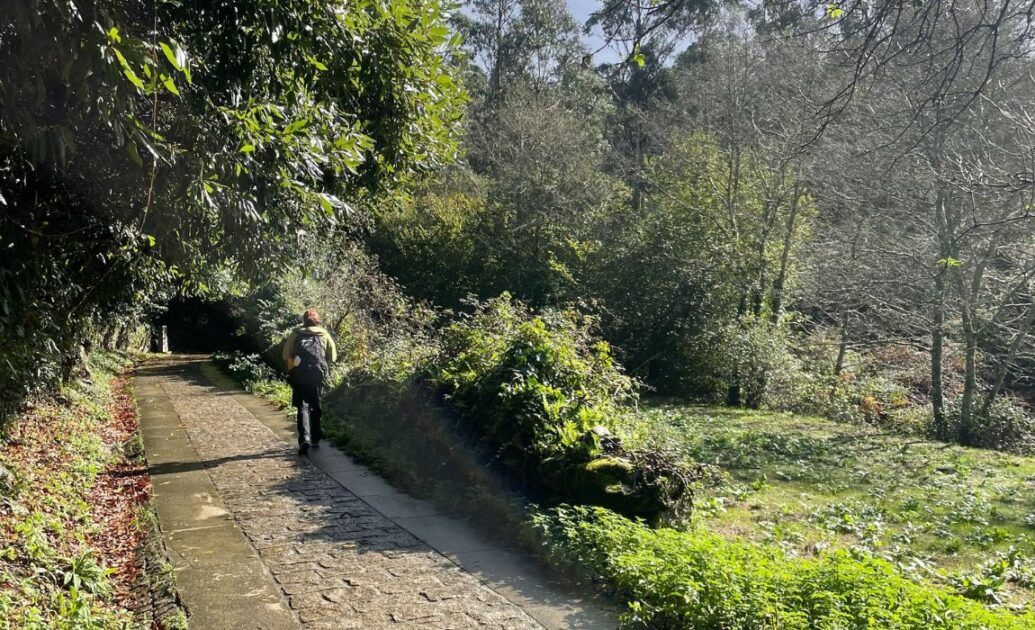
This article may contain affiliate links. I receive a small commission when you purchase products or services through these links at absolutely no extra cost to you. This is a free way to support me and allow me to continue to create inspiring adventure travel guides. See my disclosure notice for more information.
